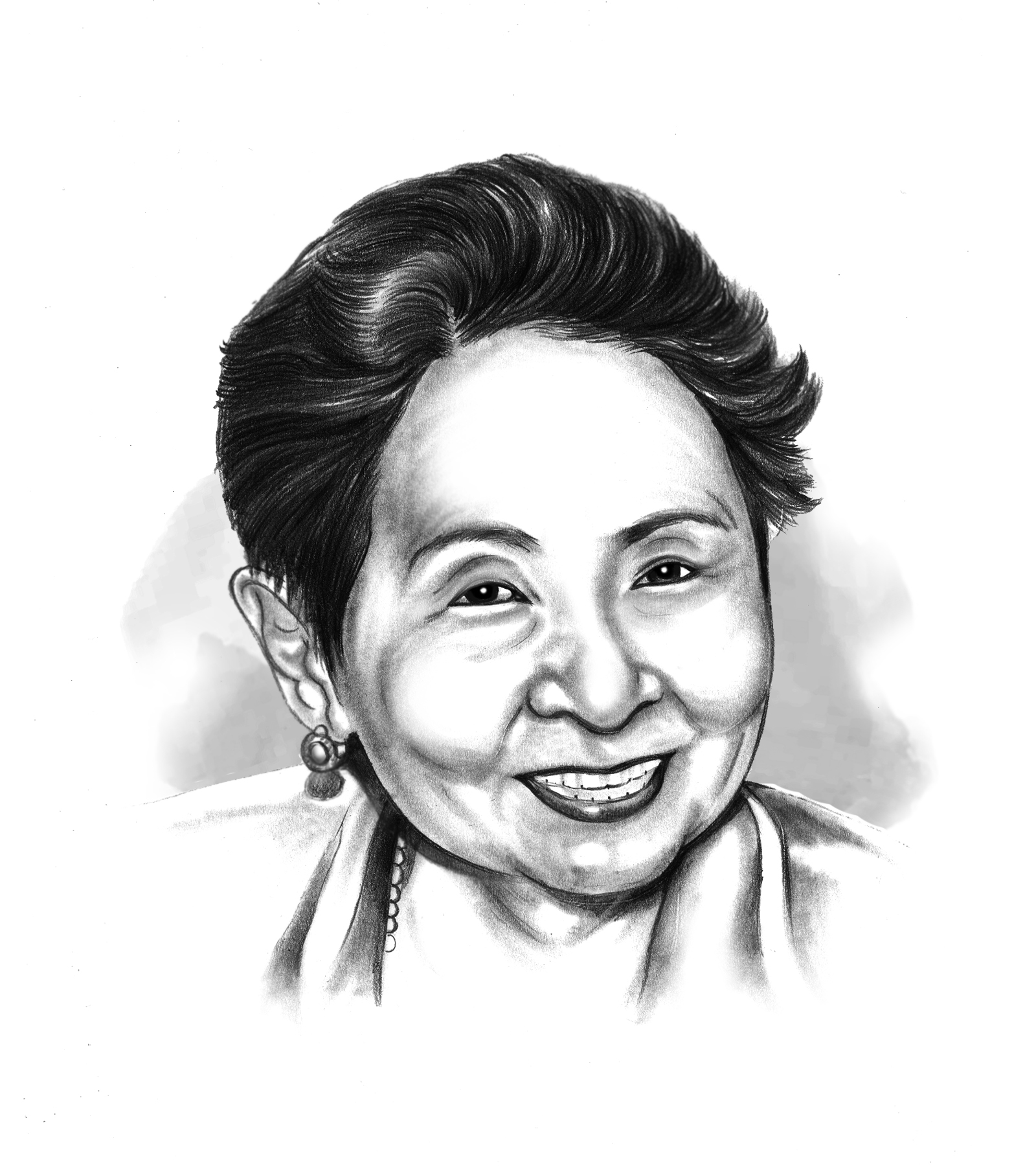PAGBABAGO

It is common knowledge that the municipal fishermen who constitute 2.3 million of our population are considered the “poorest of the poor” sector.
Thus, the news that the Supreme Court First Division had upheld the Malabon Trial Court’s decision, which allowed commercial fishing boats inside the 15-kilometer municipal fishing zone, elicited protests from the Catholic Bishops Conference of the Philippines (CBCP), the Alyansa Agricultura (AA), and other nongovernment organizations that are aware of the impact it would have, not only on the sector and their families but on all of us who depend on the blue economy.
The environment will also be endangered because commercial operators fishing methods have the potential to destroy corals and other fish habitats. This scenario is what was feared by groups such as ours which had worked on the Fisheries Resources Management Project for about six years in the late 1990s.
This project, implemented by the Bureau of Fisheries of the Department of Agriculture and funded by a loan from the Asian Development Bank, focused on interventions that would restore damage done to the environment. We handled several project components like advocacy, training as well as information and educational activities needed to improve productivity, provide alternative employment to fisherfolk affected by illegal activities and climate change.
The outcomes envisioned include strengthening of capabilities of fishermen to protect the environment and fisheries resources through participation in the drafting of the Fisheries Code; strengthening of the Bantay Dagat in its role as guardian of fisheries; restoration of damaged reefs, alternative employment for fishermen and their wives who were affected by climate change and poor yield because of damage done to reefs due to overfishing and cutting down of mangroves. But even with interventions such as these, much more had to be done to improve the wellbeing of this sector.
This brings to mind a query from a colleague who asked me why the members of the 1987 Constitution emphasized the concept of “equality” in the Preamble and “total human liberation” in the Declaration of Principles.
It may have seemed repetitive but we have to admit that we had taken it for granted. Thus, the concept of social justice appears in almost every article of the Charter.
My reply was that the concept as practiced today is mostly in form but not in substance. As readers may note, the 1987 Charter wanted to redefine social justice as one that is clothed in substance. Which is why Rustico de los Reyes, one of the framers, cited the case of our subsistence fishermen whose needs, he noted, must be addressed.
Former Chief Justice Reynato Puno, in his book “Equal Dignity and Respect” picked up exchanges between framers among them, the late Fr. Joaquin Bernas, Hilario Davide, Adolf Azcuna, Ed Garcia, Chito Gascon, Jose Suarez, Ponciano Bennagen, Wilfrido Villacorta and myself, and several others which he tried to give the flesh through examples.
The president of Constitutional Commission, Cecilia Munoz Palma, supported the various examples that defined social justice according to ideals of “equal dignity and respect,”such as providing opportunities to compete at the starting line.
In the context of this controversy regarding allowing commercial fishermen to fish in municipal waters, the former would have an advantage over the municipal fishers because of superior technology. But still, they wanted to encroach into the municipal waters because it is less expensive to do so.
We trust that eventually the Supreme Court would reverse its earlier decision. Furthermore, we hope that the electorate would realize that much still needs to be done in providing protection to the more vulnerable sectors of our society. The forthcoming mid-term election would be a test of our political will.